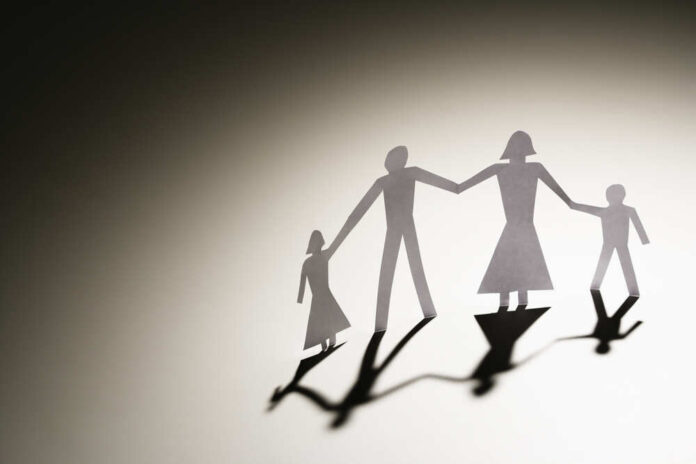
The definition of the “nuclear family” varies depending on where one looks, but it generally connotes a traditional household composed of two parents and children. They might live in a suburban house with a big backyard and sometimes you can add a dog or cat to the picture.
In anthropology, the nuclear family has come to be defined as a form of social organization. Most typical to the Western conception, as highlighted in some television shows and movies, is the idea of a husband and wife and their children. The form reportedly first appeared during the industrial revolution, when men and women worked long hours and the kids were raised by a guardian. Neither the husband nor wife allegedly saw the other, which led to divorce.
But this changed during the Second World War when soldiers returned home with women who would go on to be their spouses. Because they were marrying later, around the age of 25, couples were not divorcing but went on to care for their children and even extended family, such as grandparents, uncles, and aunts.
What happened to the nuclear family?
Today, there is still much talk about the nuclear family, but many doubt its prominence, and others disparage that it could still be a thing. Regardless of where one stands on the topic, does the nuclear family even exist anymore?
In 1999, a sociological article was published in The Independent titled, “The death of the nuclear family.” The author argues that the death of this form of social organization was less because of the absence of the father figure, but more because of the absence of resources that he traditionally provided children.
“There are two main groups of lone-mothers: those who are the victims of rape, desertion, or separation and those of independent means who choose lone-parenthood…and can afford to raise their children without disadvantage,” the author states. At that time, she claims that the former lone-mother was prevalent, but that over time, the latter type would blossom.
2021 U.S. Census Bureau statistics show that of 11 million single-parent families, nearly 80% were headed by single mothers. Of all of these families, however, 23.4% are poor and 27.7% are “food insecure.”
Of the single mothers, over half were never married and about two-thirds were employed outside the home. But only half were employed all year long, while a quarter was jobless for the entire year.
The numbers also show that single mothers made less on average than those who were married.
Celebrating its death
While the numbers show that the nuclear family has given way to the absence of the father and the resources he provided, a Google search shows many articles extolling the demolition of the nuclear family.














